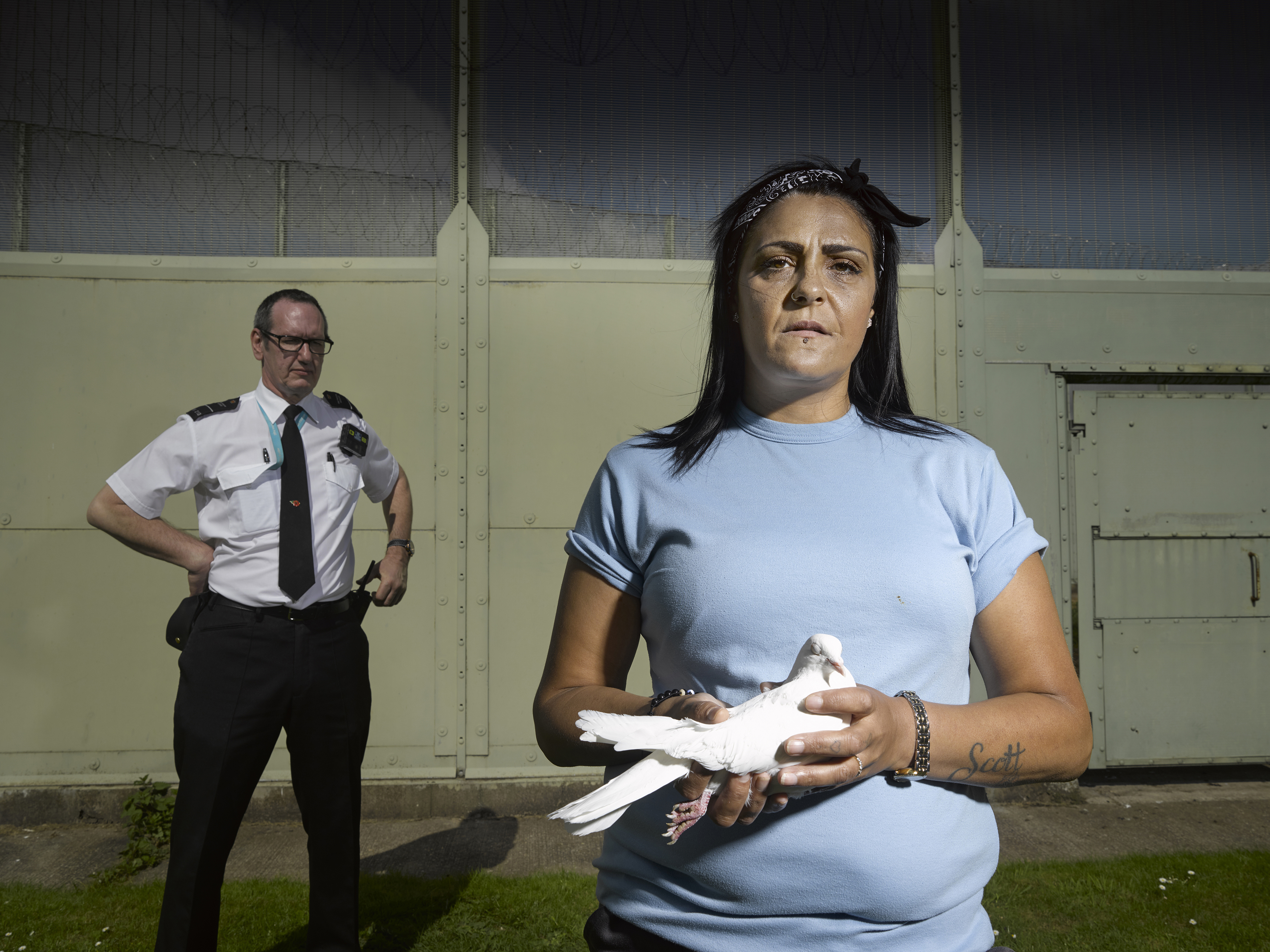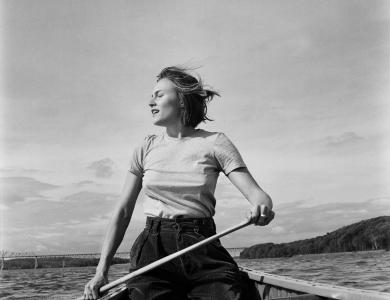
As part of Stay Connected, an initiative we set up to ensure you stay inspired during the pandemic's restrictions, we've been running free online portfolio reviews every Thursday. Throughout April we conducted 47 sessions, with the World Photography Organisation team and leading voices in the industry, including Gisela Kayser, Mike Trow, Zelda Cheatle and Carol Allen Storey, giving you feedback on your work.
The reviews were set up to support photographers passionate to create individual and imaginative work. We're doing our best to offer these services to as many of you as possible however, if you haven't been lucky just yet, the team have got together and listed a few pointers to help you reflect on your practice. Being objective towards your work is a difficult position to adopt - achieving that balance of constructive criticism is a fine balance. We're delighted to announce we're running portfolio review sessions throughout May.
WHAT'S YOUR NARRATIVE?
For photography to endure, there must be a story. This story doesn't have to be particularly extraordinary, it could be a walk, for example, but there must be a beginning, middle and end. Map out what images are key to what you are telling your viewer. Keep in mind clarity, consistency and an individual point of view when selecting your images.
ASK PEERS FOR FEEDBACK
Being a photographer can be quite solitary but joining together with others is often where the excitement and value can lie. Conversations can help you discover and develop their vision. Invite a fellow photographer to swap their portfolio with you for 48 hours. Look at each others' work closely and try and list 10 points - five positive points and five points where they could improve. Ask them to do the same. If we stay respectful and respective, objectivity is a powerful tool.
RESEARCH THE GREATS
It's much easier to notice what's successful in other people's pictures than it is your own. Really look at some of the great photographers' best photo projects: Henri Cartier Bresson's Scrapbooks, Diane Arbus Revelations, Bruce Webber's Blood Sweat and Tears and Robert Frank The Americans – to name just a few to start you off. Really think about why these bodies of work have stood the test of time and write down three key points as to why they have endured. These perceptions you make on another photographer's work might feed into your own photography.
DISCOVER YOUR NICHE AND STICK TO IT
We noticed a lot of photographers lack confidence in one style, genre or subject matter. Mixing too many elements can be confusing. Really think about where you think your strengths lie and focus on refining those strengths. A good place to start is to consider what you enjoy photographing the most, this is where your passion lies.
EXPAND YOUR RESEARCH
While it's important to stay focused in your practice be open to expanding your visual vocabulary. It’s important to draw inspiration by looking at different kinds of photographic approaches – from fine art and conceptual to documentary and photojournalism. Try and learn one lesson from each new photographer you look at. A good place to start is looking at large institutions' websites past exhibitions. To list just a few London-based galleries, check out The Photographers' Gallery, The Barbican, Southbank Centre, Tate to begin with.
EDIT
So many photographers need to spend time to really hone this core photographic skill. Editing will be different to whatever platform you are choosing to publish your pictures. You should be spending almost as much time selecting images, validating to yourself why you grouped those images together, as you are creating the pictures. Read our blog on image editing.
GALLERY REPRESENTATION
Look closely at the other artists and photographers represented by the gallery to identify which galleries could be a genuinely good fit for your work. Send some visual material (an invite to a private view, or a postcard with an image of your work plus a brief note with your contact details). Don't walk into the gallery and ask to pitch a project without an appointment. Keep in mind, most represented photographers are approached by the galleries, so shift your focus to raising your profile (see below).
ACQUIRING A BOOK DEAL
Once you have finished a personal project, the next goal for a lot of serious photographers is to pitch that body of work to publishers. This is a tricky area of the industry but don't give it! There are so many publishers out there, make sure you choose one that is the right fit for your work. Check out the art publishing fair OFFPRINT's website for a great source of international publishes. Think beyond just emailing a static PDF - how can you pitch your project that will capture the Editor's attention? Alys Tomlinson gave some great advice on our recent Through the Viewfinder session - check it out on IGTV now.
DEVELOP YOUR BRAND
One question a reviewer will always ask is what your digital footprint is - i.e. do you have a website or an Instagram account? If you do, how seriously do you maintain it? The best way to be discovered by publishers and galleries is to enter competitions, go to portfolio reviews, self-publish books, take part in independent art fairs, and build up your online profile through Instagram and other digital platforms. Make a goal of entering at least 10 competitions per year - be wary of those that have paid entrance however.
We're running portfolio review sessions throughout May, register your interest now



